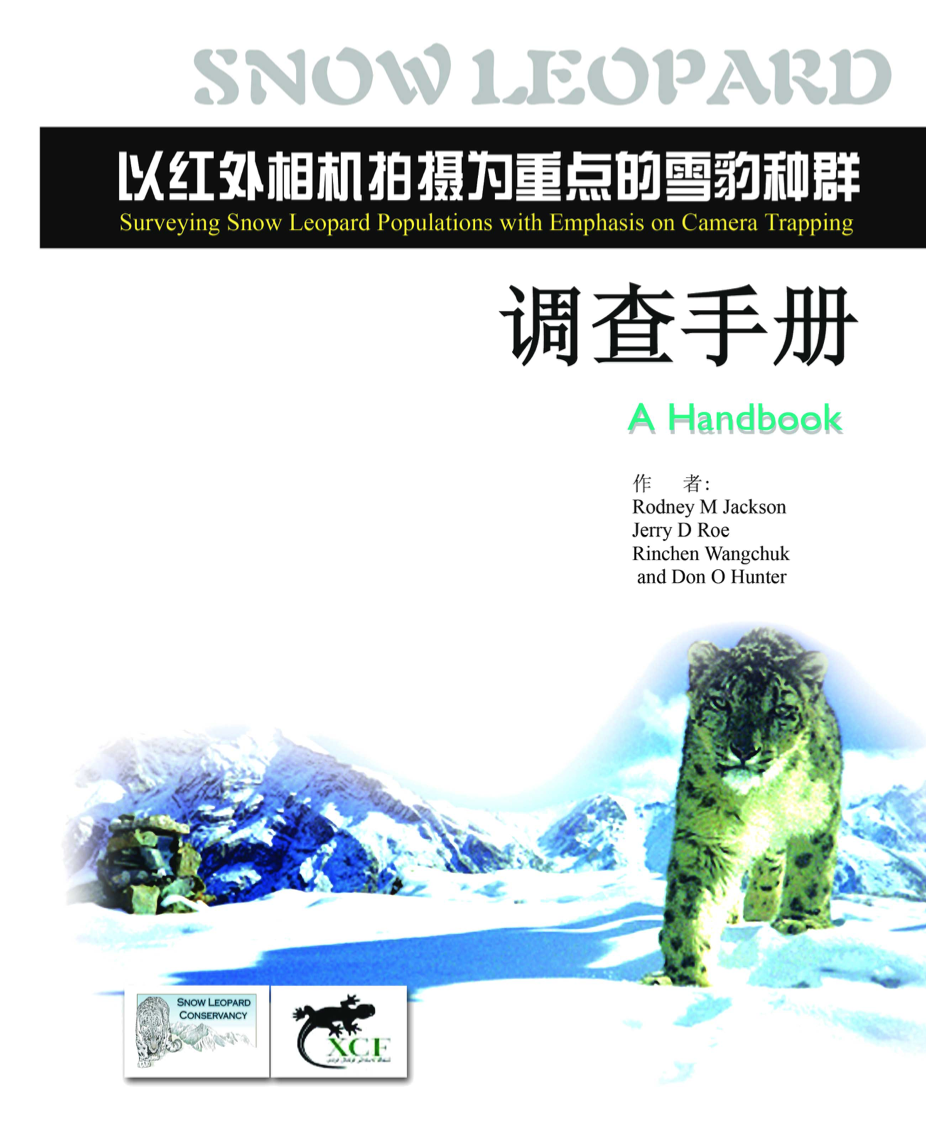The Snow Leopard Training and Evaluation Toolkit allows teams to practice identifying snow leopards, test how well they perform, and improve their skills. The evaluation scores quantify the uncertainty in snow leopard identification and thus can be added when reporting density estimates from camera traps.





